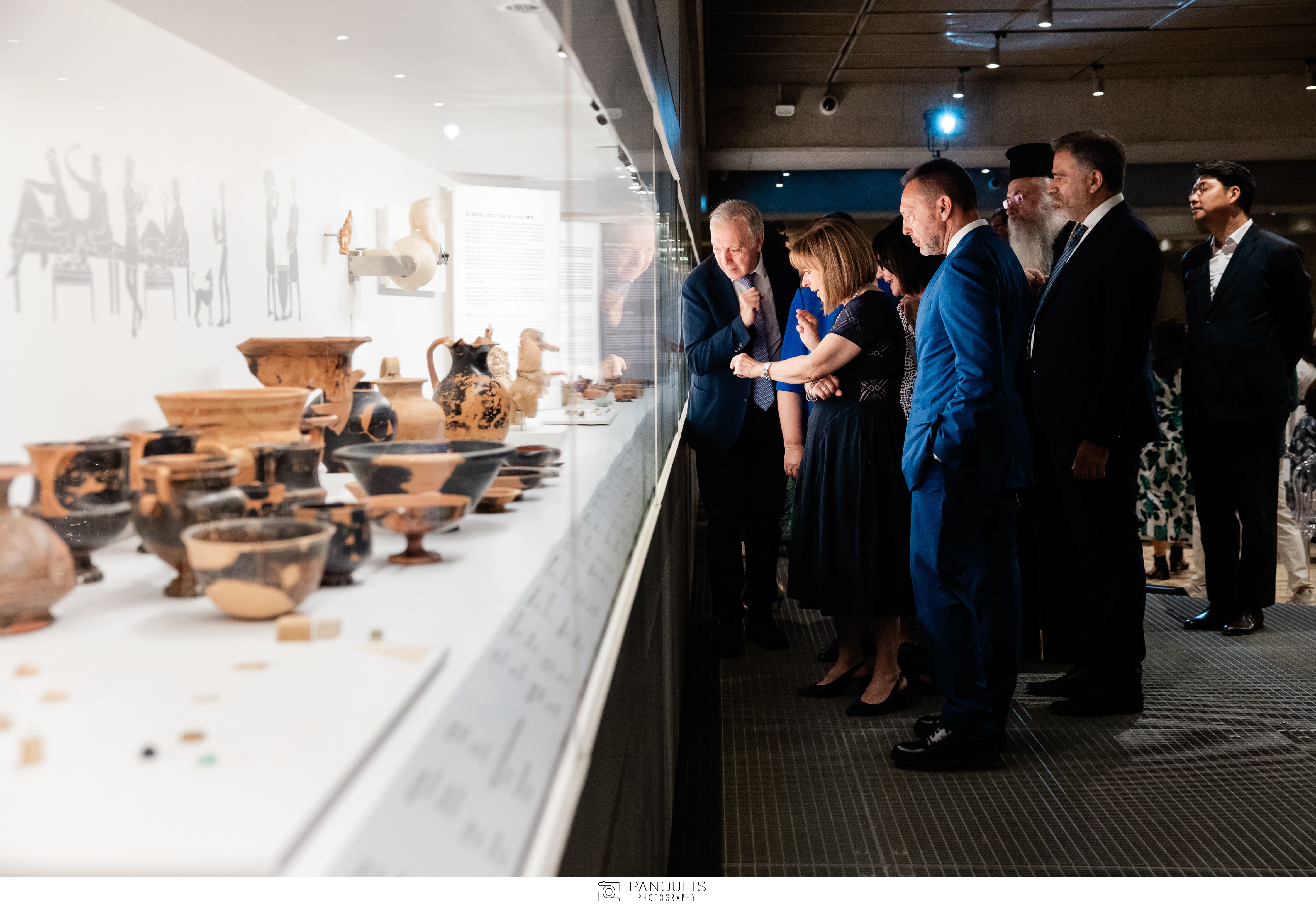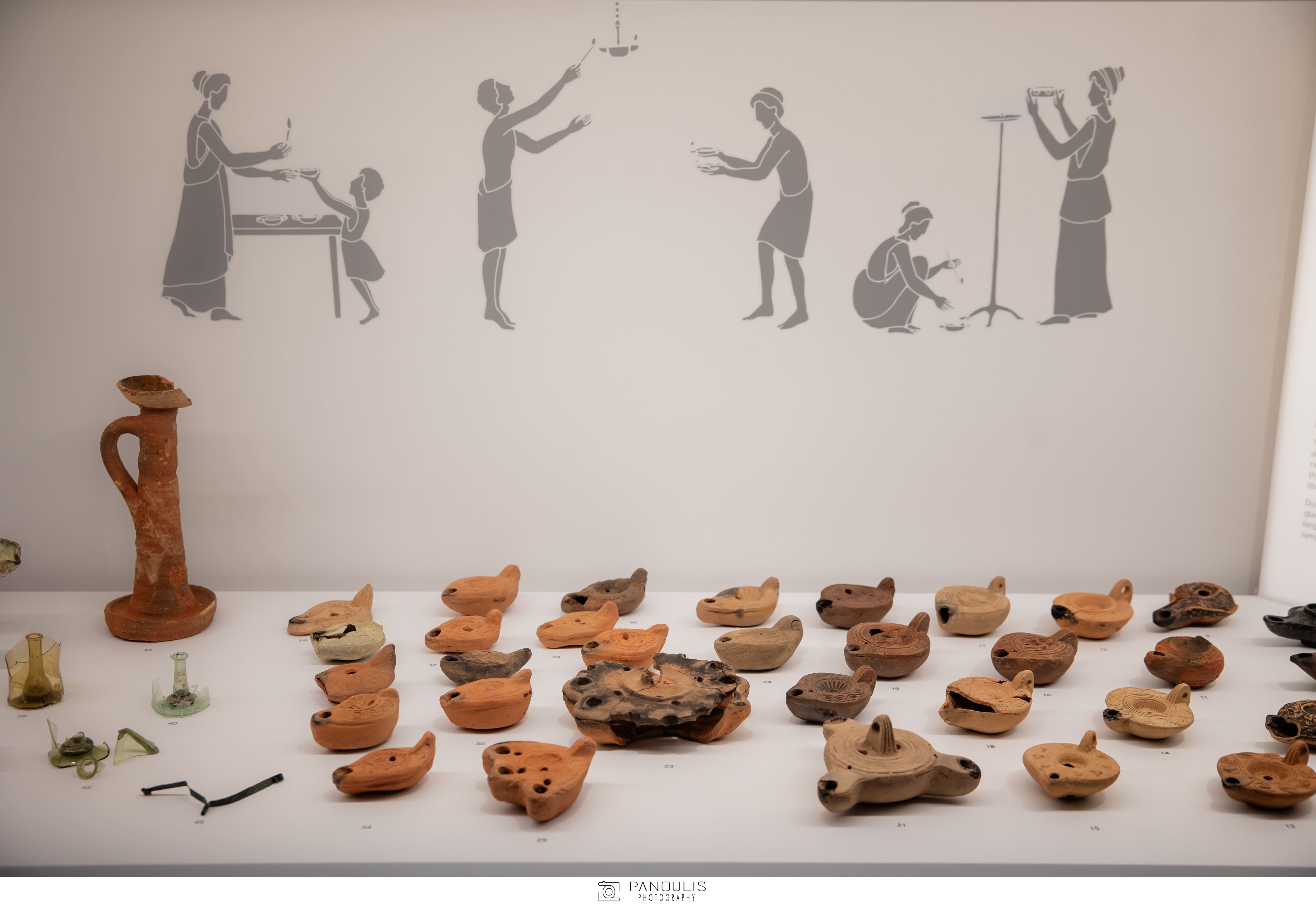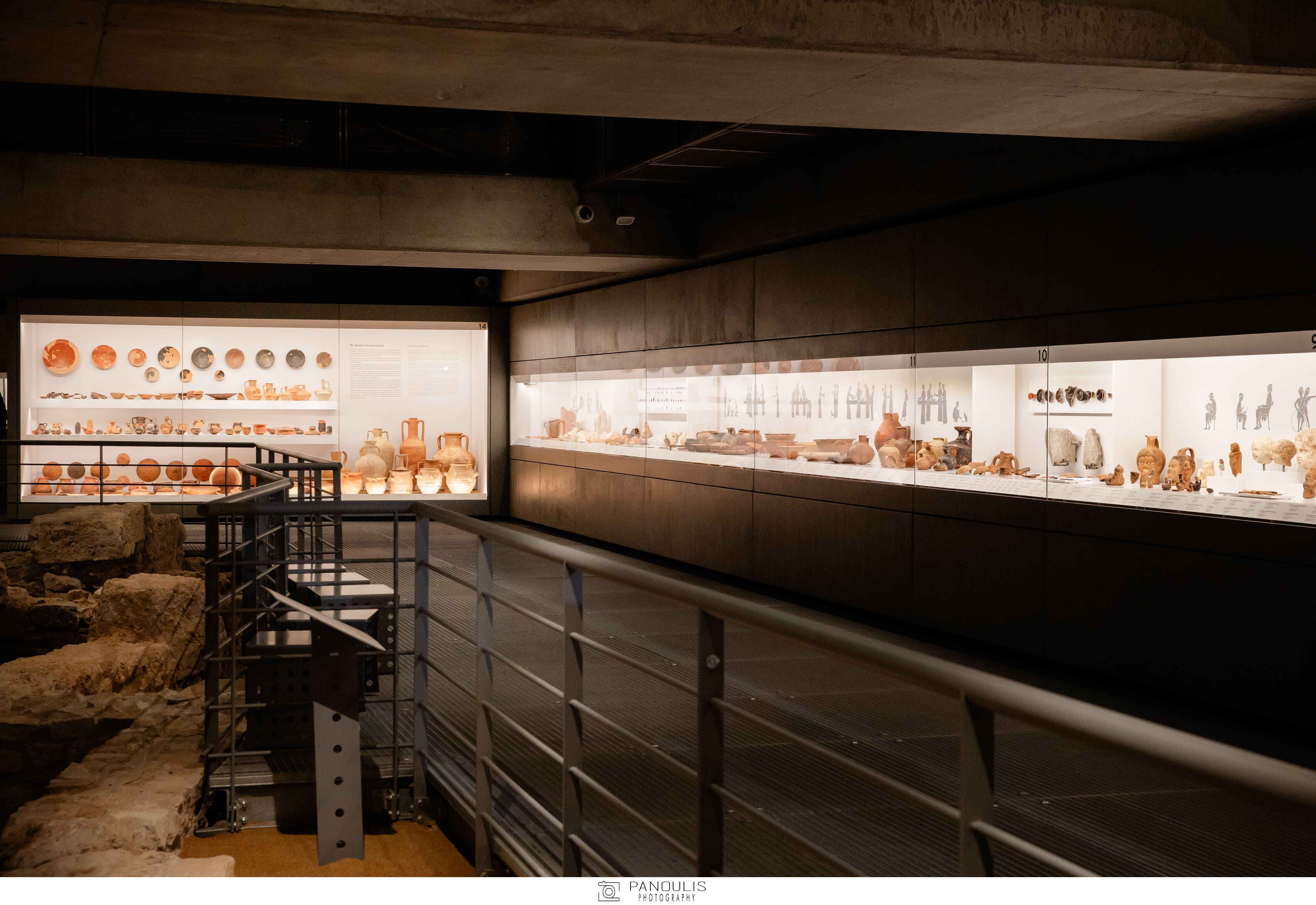The New Excavation Museum: A Journey Through Time Beneath The Acropolis
- by XpatAthens
- Thursday, 27 June 2024

A significant addition to the world of museums opened its doors yesterday, Wednesday, June 26, 2024 both to Greek citizens and international visitors. Nestled beneath the renowned Acropolis Museum, this new exhibit space, the Excavation Museum, showcases a fascinating collection of 1,150 artifacts. These objects, unearthed during the extensive excavations conducted for the construction of the Acropolis Museum and the Athens Metro "Acropolis" station, bear witness to over 4,500 years of human history.
The grand opening of the Excavation Museum was celebrated on Tuesday, June 25, presided over by Her Excellency, the President of the Hellenic Republic, Katerina Sakellaropoulou. This new museum offers a unique perspective on the past, presenting artifacts in a way that connects visitors directly with the lives of ancient inhabitants.

A Walk Through History
Upon entering, visitors are greeted by a striking display: 1,150 artifacts arranged in a 35-meter-long showcase. This exhibit resembles a luminous fissure in time, a crack in the spatial continuum that represents the latest layer above the archaeological strata visible around you. The items on display span various periods, each telling a story of the people who lived, worked, and worshipped in this historic area. Memories of Destruction and Revival The journey continues with a section dedicated to the memories of Athens' destruction by Sulla in 86 BC. This part of the exhibit poignantly captures the city's resilience and the enduring spirit of its people.

The Pantheon of Gods & Philosophers
The museum culminates in an enclosed hall, adorned with statues and reliefs of gods and mortals. Here, visitors can marvel at representations of Athena, Artemis, Cybele, Aphrodite, and Asclepius—deities who were central to the lives of Athenians, invoked for the protection of the city, the health and growth of children, love, and the healing of human suffering. In addition to these divine figures, the hall features portraits of renowned philosophers like Plato and Aristotle, as well as a likeness of Empress Eudocia, bridging the ancient and the more recent past.

The grand opening of the Excavation Museum was celebrated on Tuesday, June 25, presided over by Her Excellency, the President of the Hellenic Republic, Katerina Sakellaropoulou. This new museum offers a unique perspective on the past, presenting artifacts in a way that connects visitors directly with the lives of ancient inhabitants.

A Walk Through History
Upon entering, visitors are greeted by a striking display: 1,150 artifacts arranged in a 35-meter-long showcase. This exhibit resembles a luminous fissure in time, a crack in the spatial continuum that represents the latest layer above the archaeological strata visible around you. The items on display span various periods, each telling a story of the people who lived, worked, and worshipped in this historic area. Memories of Destruction and Revival The journey continues with a section dedicated to the memories of Athens' destruction by Sulla in 86 BC. This part of the exhibit poignantly captures the city's resilience and the enduring spirit of its people.

The Pantheon of Gods & Philosophers
The museum culminates in an enclosed hall, adorned with statues and reliefs of gods and mortals. Here, visitors can marvel at representations of Athena, Artemis, Cybele, Aphrodite, and Asclepius—deities who were central to the lives of Athenians, invoked for the protection of the city, the health and growth of children, love, and the healing of human suffering. In addition to these divine figures, the hall features portraits of renowned philosophers like Plato and Aristotle, as well as a likeness of Empress Eudocia, bridging the ancient and the more recent past.



